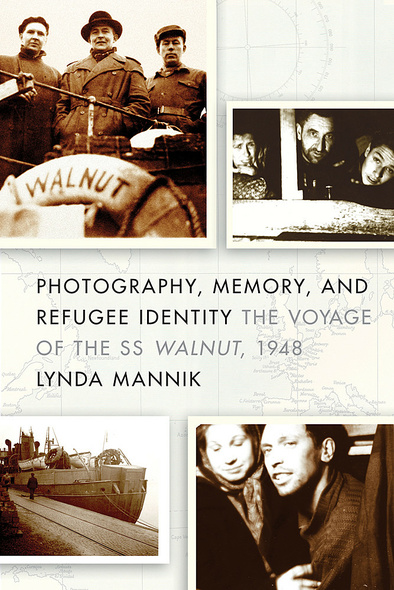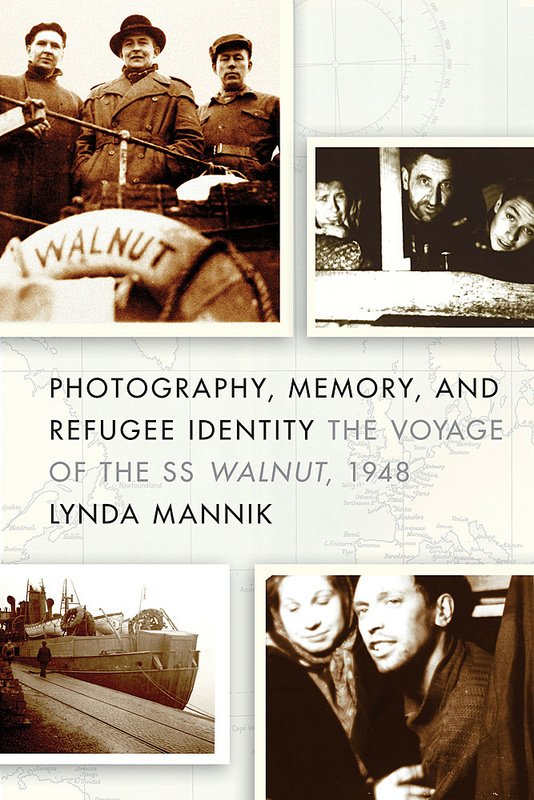
Photography, Memory, and Refugee Identity
The Voyage of the SS Walnut, 1948
On 13 December 1948, a ship carrying 347 Estonian refugees fleeingSoviet rule arrived at Pier 21 in Halifax. Tired, weary, and anxious,the refugees received a warm general welcome, and journalists praisedthem as the type of immigrants Canada both wanted and needed -- white,northern, and anti-Communist. Although the passengers of the SSWalnut appeared to experience little prejudice as theyadjusted to life in Canada, their self-identification as refugees andtheir traumatic memories were no less fraught than others who hadexperienced forced migration.
In Photography, Memory, and Refugee Identity,anthropologist Lynda Mannik analyzes the refugee experience through thephotographic record of those who made that harrowing voyage more thansixty years ago. Drawing on a collection of photographs taken duringthe voyage and at Pier 21, Mannik asks surviving passengers to describetheir migration, their reception in Canada, and their feelings aboutthe terms refugee and boat person. She explores to what extent thephotos reflect the refugees’ experiences as they remember themand how those experiences compare with representations of refugees innews media, in government rhetoric, and at the Pier 21 Museum inHalifax. Ultimately, Mannik demonstrates that the photographs in theWalnut collection bear witness to the refugee experience even as themeanings attached to them have changed over time and in shiftingcontexts.
This book will appeal to scholars in the fields of anthropology,
history, Canadian studies, art history, and museum studies as well as
anyone interested in historical photography and the immigrant
experience.
An excellent resource for students and researchers who work with historical collections of images, Lynda Mannik’s book enhances our understanding of the complexity of visual histories and the creation of Canadian identities through photography. Rich in ethnographic detail and critical methodology, this book does a superb job of revealing the tension that resides at the intersection of public and private viewings of images and the consequent implications for the production of identity.
Preface
Introduction
1 Passengers’ Perspectives: The Voyage andDetention, 1948-49
2 Arrival by Boat and the Media, 1948
3 Still Photos Come to Life at the Pier 21 Museum in1999
4 Memories and Stories Sixty Years Later
5 Nationalism and Identity in Retrospect
Conclusion
Notes
Bibliography
Index






